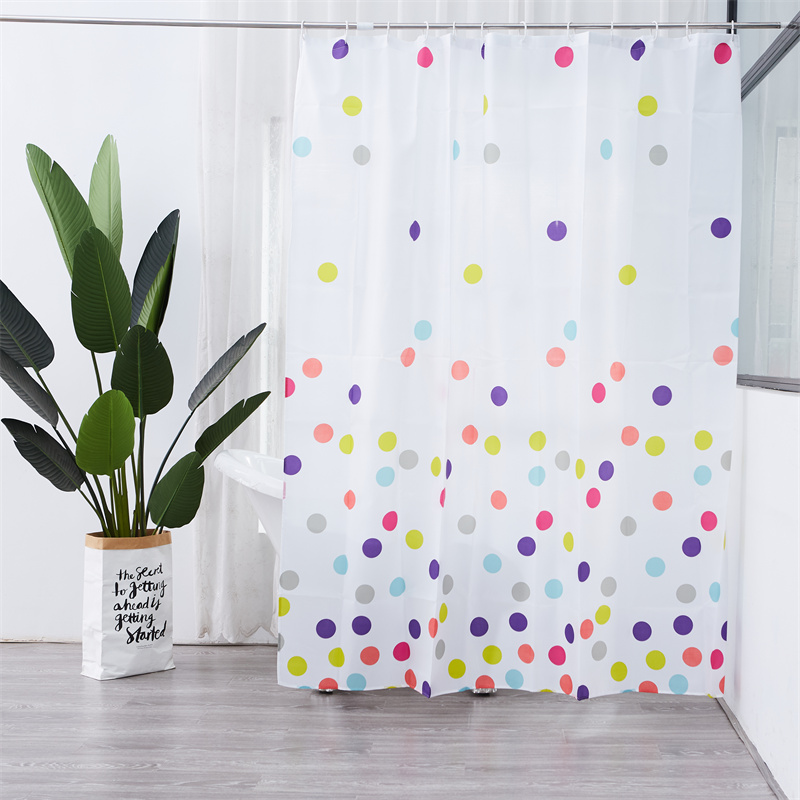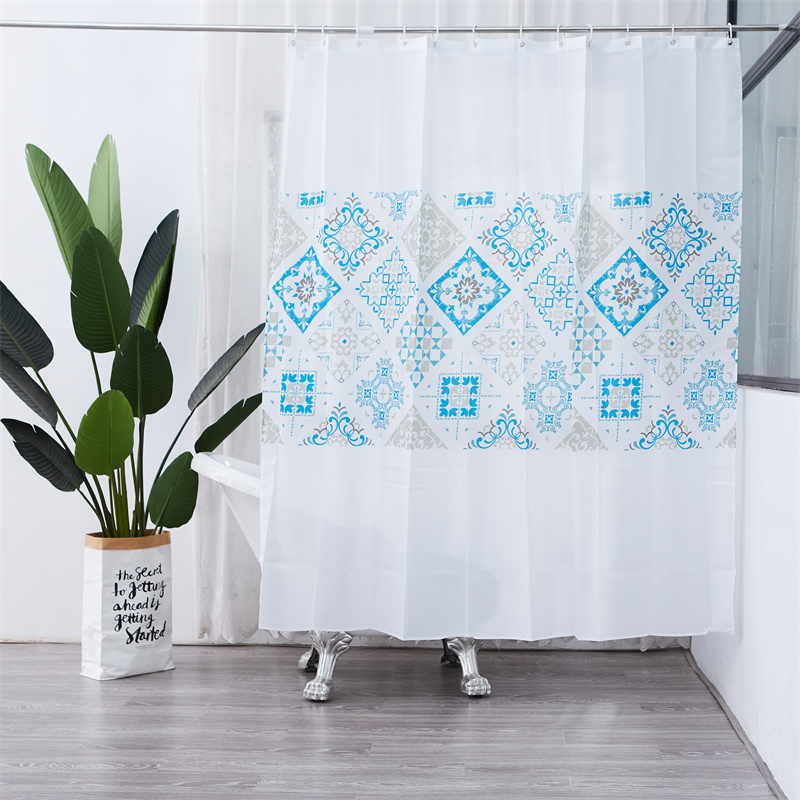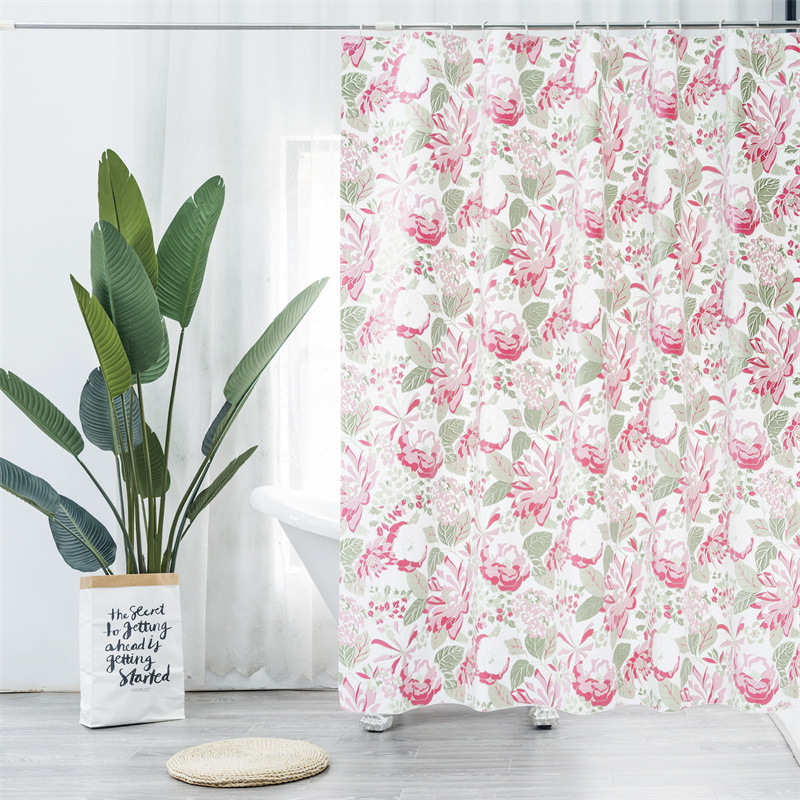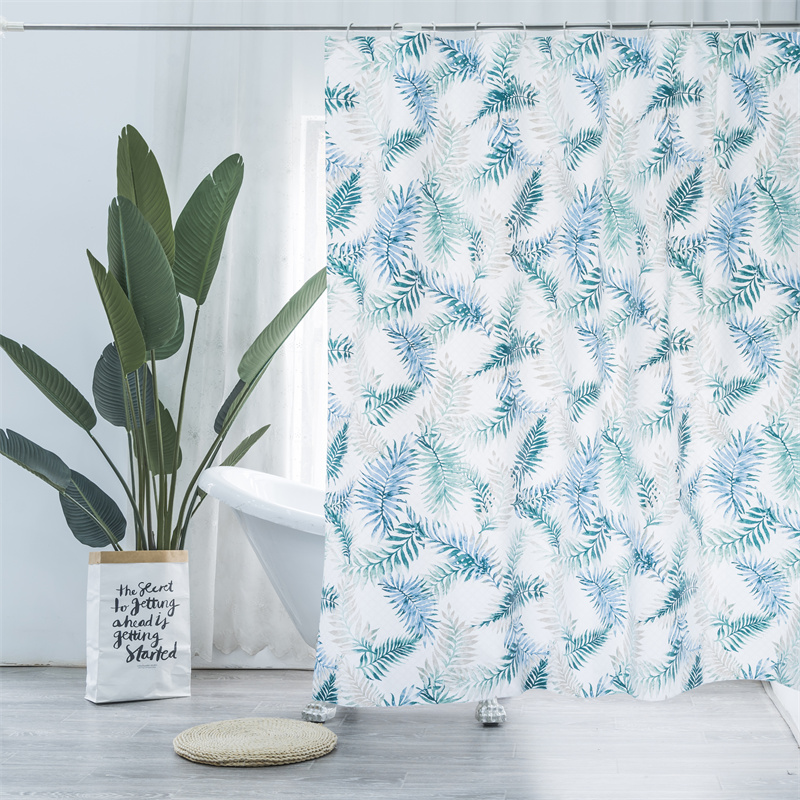When many people purchase yarns, they always ask about the quality of yarns. I would like to tell everyone here that there is no absolute difference between yarns and yarns. There are only problems associated with inappropriate fabrics. The right yarn to do the right cloth to achieve the best results  First, different fabric organization requirements for yarn quality  Due to the different structure of the fabric, the requirements for the rate of appearance of the yarns and yarns on the surface of the yarn used for weaving vary. In general, extra-fine fabrics are more demanding than medium-to-coarse fabrics in plain cotton fabrics; plain fabrics are more demanding than twill fabrics; and thin fabrics are more demanding than general fabrics.   1. Yarn quality requirements for plain weave The density ratio of warp and weft yarns on plain weave fabrics is generally similar, fabrics are even and the fabric organization is 1/1 . Therefore, the requirements for the warp and weft yarns are relatively high. Among them, the unevenness of weft, warp and weft yarns is more stringent. . 2. Poplin fabric The poplin fabric surface is dense and low in weft density, and the warp yarn floats on the surface in a granular form, with a fabric organization of 1/1 . It has high requirements for warp yarn strength and strict requirements for weft yarns, bamboo knots and neps. Twill fabric Twill weave fabric is dense, dense, high, low weft density, cloth body, clear diagonal lines, fabric organization 2/1 , 3/1 and 2/2 . It has high requirements on the strength and stripe of warp yarns, and strict requirements on the stems and nep of weft yarns. 4. The satin fabric 1) The front of Zhigong Zhigong fabric is mainly formed by warp yarns. There are often five three-flying yarns and five two-flying yarns. The fabric is thick and the fabric has a tight twill effect. There are some soft and smooth requirements for Gong. The fabric has 5/3 , 5/2 surface satin. The main feature of the tribute fabrics is that most of the warp yarns appear on the front of the fabric, and the quality of the warp yarns is relatively high (such as tightening of the menstruation, loosening, neps, and feet, etc.). 2) The front of the Yokogung Yokogawa fabric is mainly formed by weft yarns. The fabric is soft and smooth. The fabric is a 5/3 weft satin. The main characteristic of Henggong is that most of the weft yarns appear on the front side of the cloth, and the quality of the weft yarns is relatively high (such as nep, weft and other defects). 5. Extra fine fabric Extra-fine fabrics refer to fabrics whose fabrics have warp and weft lengths of less than 10 tex ( 60 brbrons and more), and most of them are combed cotton yarns, most of which are high-end products. Due to the finer yarns and the higher quality requirements of fabrics, yarns such as rovings, bamboo knots, strips, neps, oil yarns, colored yarns, and coal-gray yarns are required to be extremely strict. 6. Thin fabric Thin fabric means that the warp yarn tightness and weft yarn tightness of the fabric are all below 50% , especially the weft yarns are tightly arranged at 45% and below. Due to the thin density of warp and weft yarns, various defects have a high rate of appearance on the surface of the cloth, especially the weirs in the zonal direction, such as strips, thick wefts, bamboo knots, etc., which are more prominent. 7. Colored fabrics 1) Mitengbu: Mitengbu is usually a cloth that is woven into a colored yarn and a white yarn (or two different colors of warp yarns). It also has a colored yarn in the warp and weft directions. A white yarn (or two different colors of warp and weft yarns) weaving. Due to its weaving characteristics, Midon cloth is exposed on the surface of the cloth, and has high requirements for the dryness, hairiness, and nep of the yarn used; 2) Youth cloth: The youth cloth is usually composed of a warp yarn, A white weft is woven into the weft and the warp and weft are the same thickness. Youth cloth is similar to Mitengbu because of the obvious yarn defect exposure and high yarn nep requirements. 8. Polyester / cotton / cotton / polyester fabric Cotton / polyester / poly / cotton fabrics are uniform because of the uniform filaments of the polyester filaments. They are strongly contrasted with the cotton yarns, and the yarns are exposed and prominent. Especially when single dyeing is performed, the requirements for cotton yarns, nep, strips, and hairiness are very high. high.     Second, no need for weaving tightness for yarn quality requirements  Due to the difference in the structure of the fabric, the weaving tightness of different tissue fabrics will also vary. Different weaving tensions impose different requirements on the quality of the yarn. According to the degree of fabric tightness to determine the ease of fabric weaving: Tightness = warp density / √ warp + weft yarn density / √ weft branched Plain 1/1 more than 38 difficulty Twill 2/1 more than 42 difficulty Khaki and double oblique 2/2 3/1 over 45 difficulty Satin 4/1 over 47 difficulty For difficult fabrics, strong yarns are used on the machine, and three-in-one and four-inlet fabrics with high density are available.    Third, different printing and dyeing processing requirements for yarn quality  Bleached blank After the fabric is bleached, the fabric surface is clear and white, so the residual defects on the surface of the fabric are more likely to appear, especially some oils, colored defects (such as bamboo, oil yarn, oil yarn, colored yarn, coal ash yarn, "three Silk and foreign fibers must pay special attention. Chemical fiber blended and pure-spinning products have higher requirements for the above defects because of their higher whiteness. 2. Printing blank Printed blanks can be broadly divided into two types, dyed bottom printing and white printing. Dyeing at the end of the printing due to the color pattern printed on the surface of the cloth, for the general surface of the greasy fabric , colored yarn, oil yarn, coal yarn, uneven yarn and other yarn defects and some weaving 疵 can be covered; white Because of the relatively large amount of whiteness on the surface of the printed fabric, the requirements for the above-mentioned yarn defect are strict, and sometimes it is even required to be equivalent to that of the bleached blank. 3. Staining blank Staining blanks are divided into two categories: light color blanks and dark color blanks. Due to the light color of light color blanks, for the oil stain on the cloth surface, the requirements for yarns such as dyed yarns, oil yarns, coal ash yarns, “trifilaments†and foreign fibers are relatively high; the deep color blanks are dyed darker for dyed yarns and oils. Yarn, coal ash yarns, uneven yarns, and other yarns are highly concealable, but require high demands for yarns such as snakeskin, nep, and dead cotton.    The use of specific yarns for a specific cloth can play its biggest role. It does not result in excess quality but also meets the needs of customers. So, when buying yarns, don't ask about the quality of the yarns. Be clear about the cloths you want to do. Buying the most suitable yarn is the right step .
Plastic Shower Curtain,Heavy Duty Peva Shower Curtain manufacturer, choose the high quality Plastic Waterproof Shower Curtain,Plastic Home Goods Shower Curtains, etc.PEVA is an environmental protection material. It is odorless, smooth and has a good feel. The amount of EVA determines its feel and sag. The higher the EVA content, the better and heavier the sag. PVC has good transparency. The soft and hardness will change with the temperature change. If the temperature is high, it will be soft; otherwise, it will be hard.
Plastic Shower Curtain,Heavy Duty Peva Shower Curtain,Plastic Waterproof Shower Curtain,Plastic Home Goods Shower Curtains Jiangyin Shangyou Plastic Co.,Ltd. , https://www.jyshangyouplastic.com
For more content, please follow this site 


